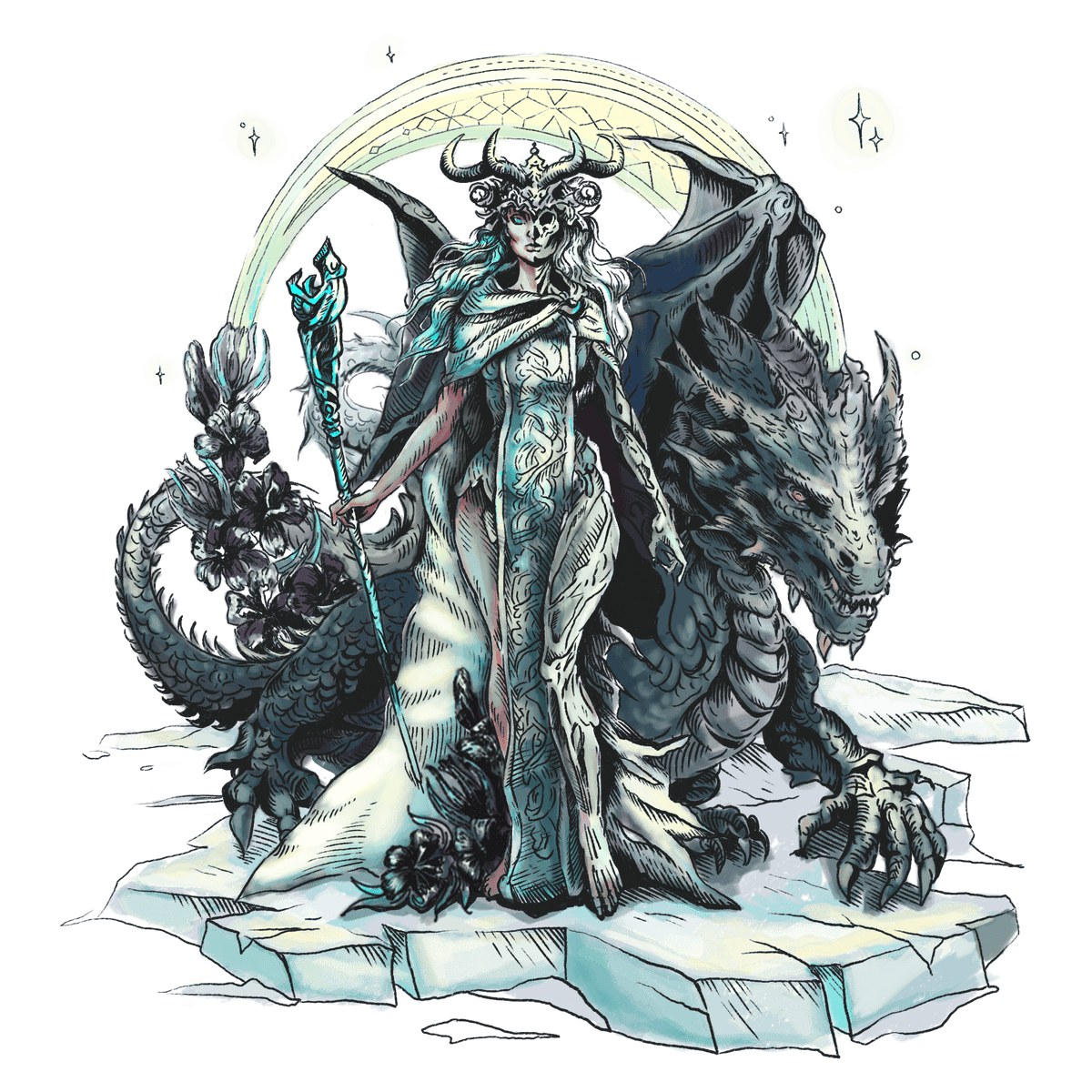
Hel – Mistress of the Underworld
Hel is one of the most enigmatic and fascinating figures in Norse mythology. As the daughter of Loki and the jötunn Angrboda, she is the sister of Fenrir and Jörmungandr. She rules over the realm of the dead, Helheim, where those who do not die in battle end up after death. Hel is not an evil figure but a neutral and inevitable part of the life cycle, guarding the souls of the dead and maintaining order in her domain.
Hel’s Origin and Role in Norse Mythology
Hel is mentioned in several primary Norse sources, including Gylfaginning in The Prose Edda, where Odin sends her to Niflheim and grants her dominion over those who did not fall in battle. Her name, Hel, means both "the underworld" and "the one who hides," reflecting her dual role as both a divine figure and a place.
She is described as being half black-blue, like a decayed corpse, and half light-skinned, like the living. This dual appearance symbolizes her connection between life and death, the earthly and the beyond. This distinctive imagery makes her one of the most visually striking deities in Norse mythology.
Helheim – The Realm of the Dead
Hel rules over Helheim, a cold and bleak realm in Niflheim. It is not a place of torture but rather a resting place for those who did not die in battle. Here, those who passed away from old age, illness, or accidents gather. Unlike the heroic warriors in Valhalla and Folkvang, the dead in Helheim are not part of the glorified warrior tradition, but they are not forgotten either.
Helheim is surrounded by high walls and a gate named Gnipagjall, guarded by the hound Garm. According to Balder’s Death in Gylfaginning, Hel resides in a grand hall called Éljúðnir, which translates to "the rain-drenched hall." Her table is called Hunger, her knife Famine, and her bed Disease, with a bed canopy named Misfortune, all of which emphasize the bleak and unwelcoming nature of her domain. Before the belief in Valhalla, it is likely that all the dead came to Hel, as the natural and unavoidable part of the human journey.
Balder in Helheim – A Pivotal Myth
One of the most well-known stories involving Hel is her role in the myth of Balder. When Balder, the son of Odin and Frigg, is killed by his blind brother Höðr, he is sent to Helheim. His brother Hermod, Odin’s son, rides to Hel to plead for Balder’s release. Hel agrees to let Balder return to Asgard, but only if all things in the world weep for him. Every being mourns—except for the jötunn woman Thökk, who is believed to be Loki in disguise. Because of this, Balder remains in Helheim, a turning point that leads to Ragnarok.
Hel’s Role in Ragnarok
According to Völuspá, Hel will play an indirect yet significant role in Ragnarok. The dead from Helheim will rise and fight against the gods, led by her father, Loki. In some interpretations, this suggests that Hel is not merely a passive ruler but an active participant in the final battle, where the old order of the world collapses.
Hel in Literary Sources and Historical Interpretations
Hel is primarily mentioned in The Prose Edda, but references to her also appear in The Poetic Edda and certain sagas. In Gesta Danorum by Saxo Grammaticus, there is a possible parallel to Hel in depictions of underworld rulers.
Some scholars suggest that the concept of Hel may have been influenced by Christian ideas of the afterlife, but it is also possible that she represents an older Norse understanding of death and the underworld, distinct from later Christian depictions of Hell.
Hel in Modern Times
In modern popular culture, Hel is often portrayed as a dark yet fascinating figure. In the Marvel universe, she appears as Hela, a villainous ruler of the underworld, though this version deviates significantly from Norse mythology.
Within neopaganism and modern Norse reconstructionism, Hel is seen as a necessary part of the life cycle—neither evil nor benevolent, but a balanced figure representing both endings and rest.
Conclusion
Hel is one of the most mysterious and misunderstood figures in Norse mythology. She represents the necessity of death and the inevitable fate awaiting all beings. She is neither good nor evil but ensures the balance between life and death. Her realm is not a place of punishment but a natural part of the cosmic order, where the dead find rest. Her role in the myth of Balder’s death and her indirect involvement in Ragnarok highlight her as an essential part of Norse mythology’s dramatic narrative.

